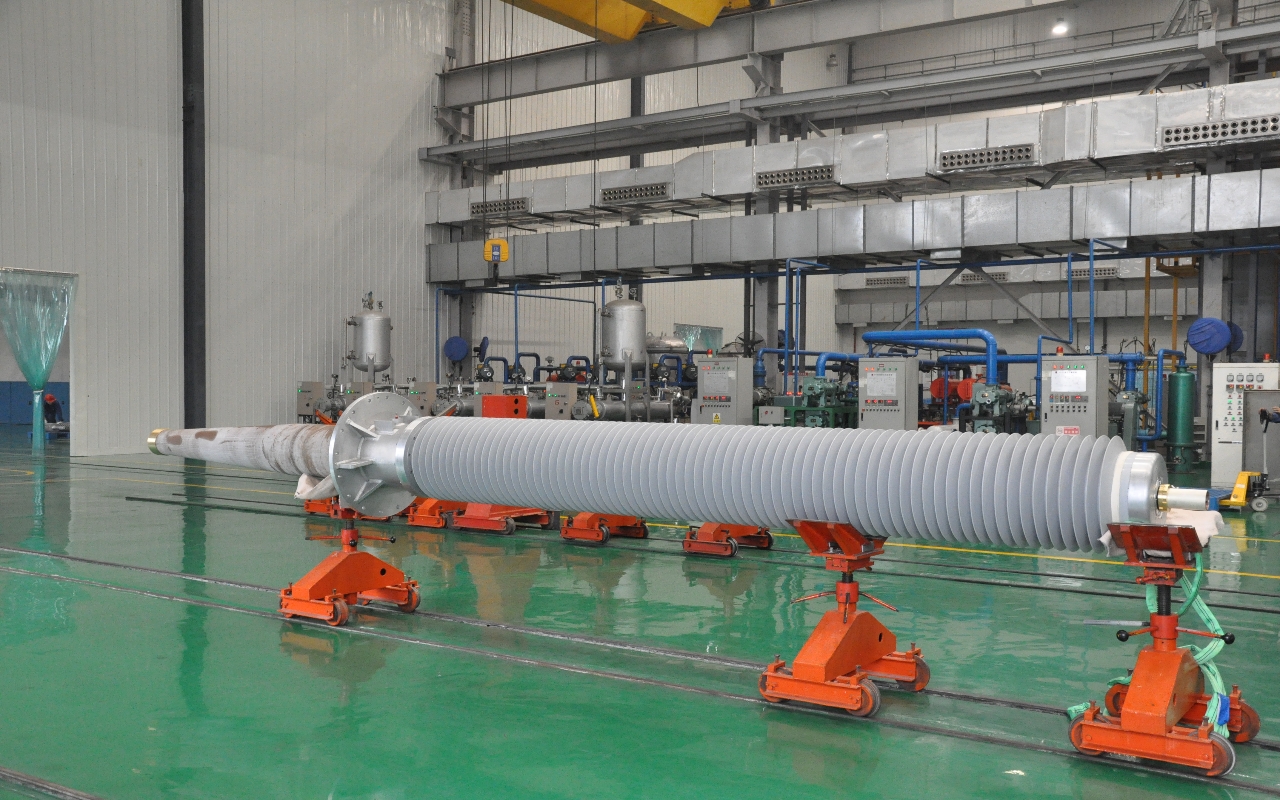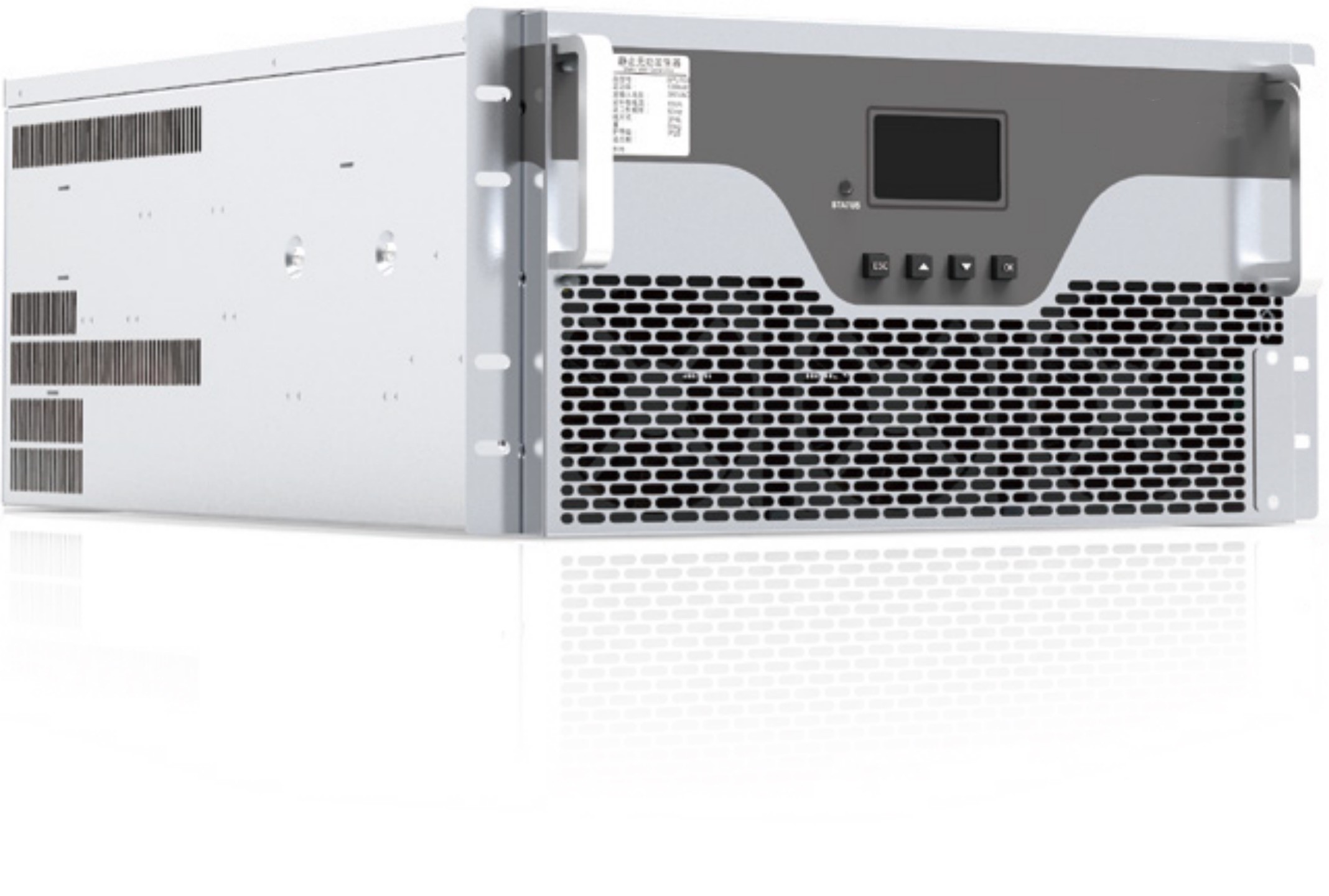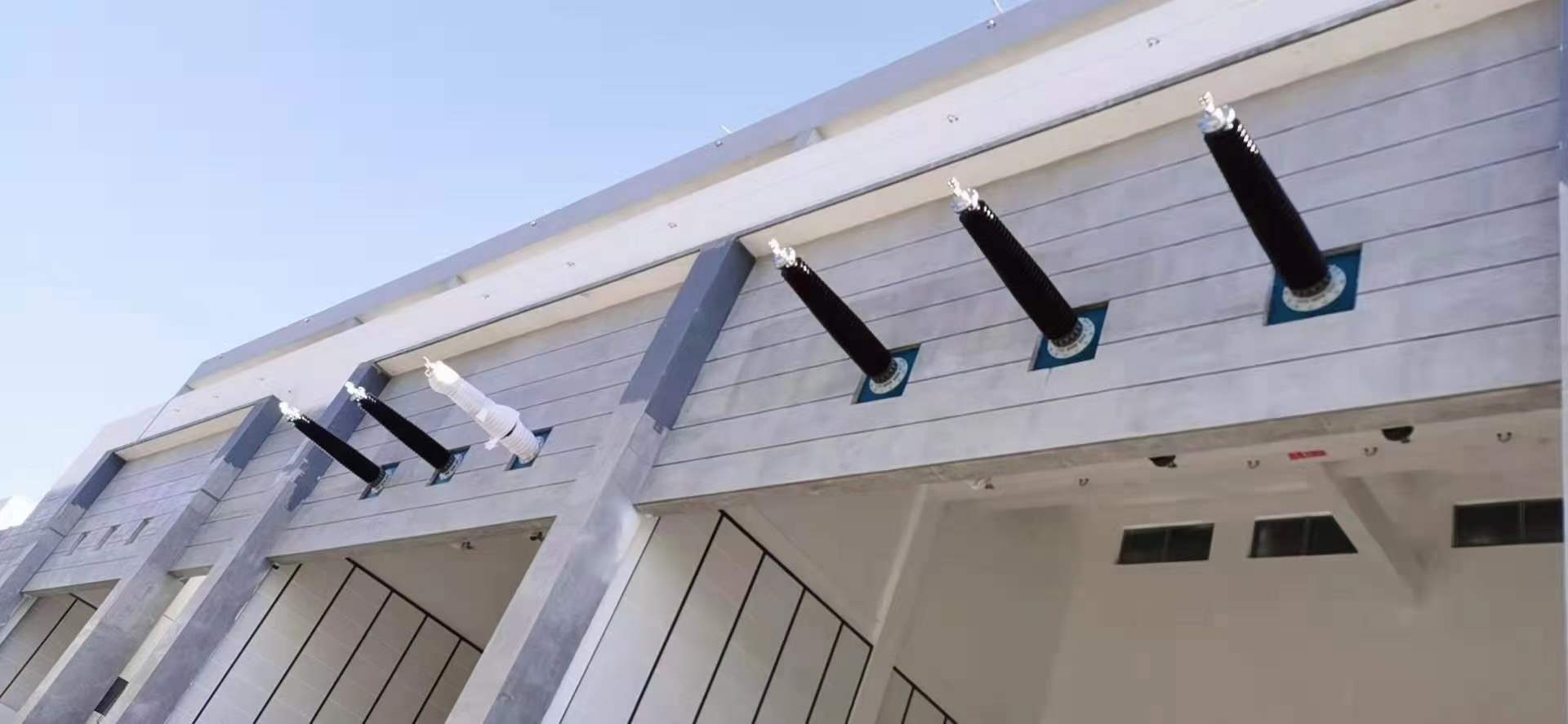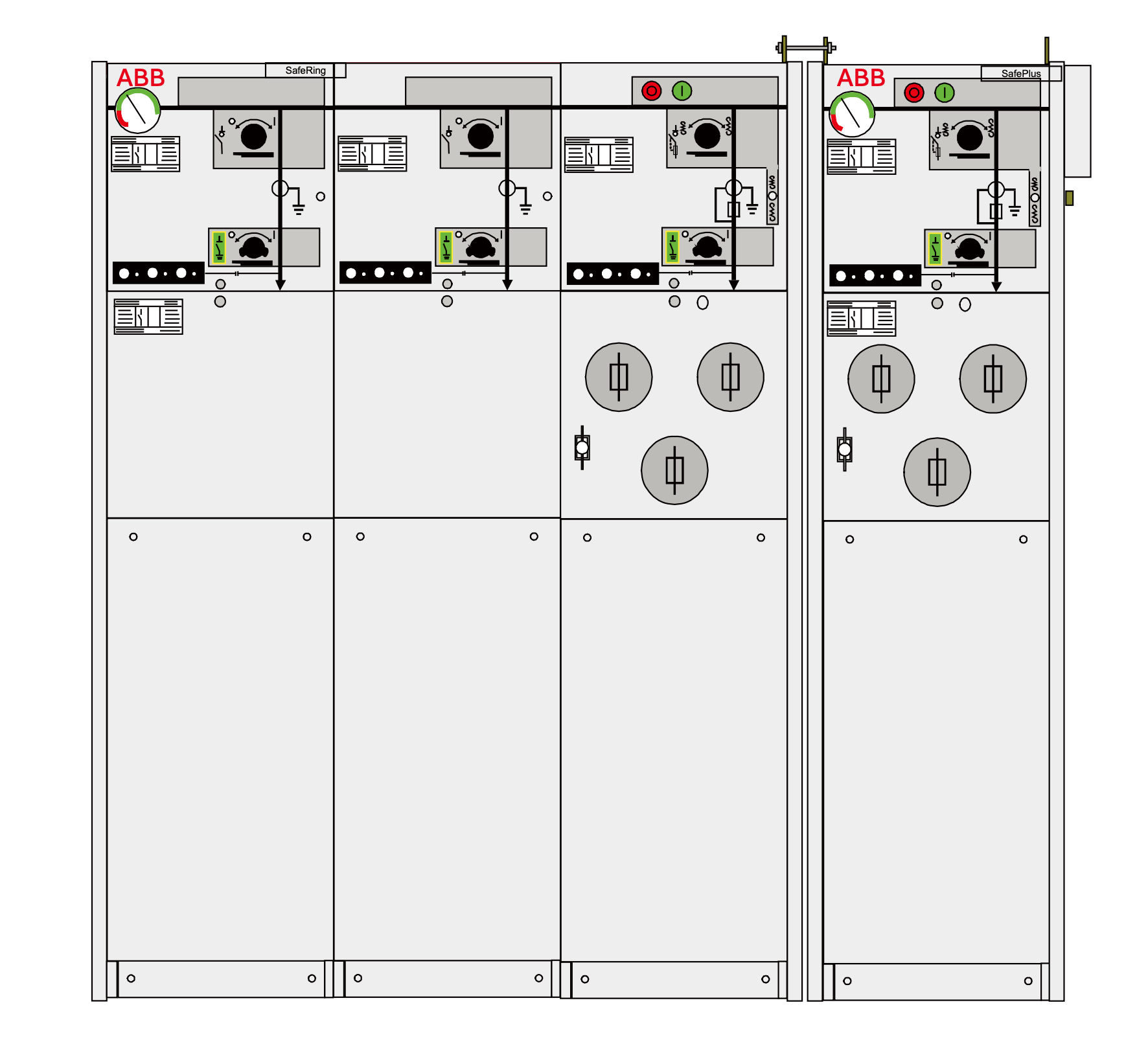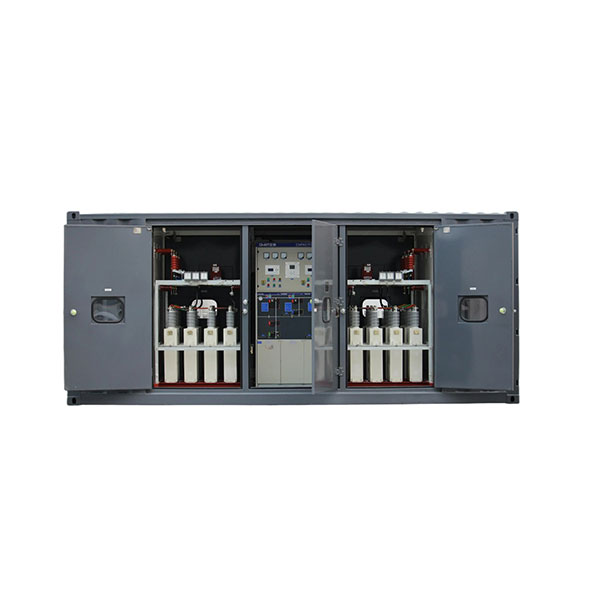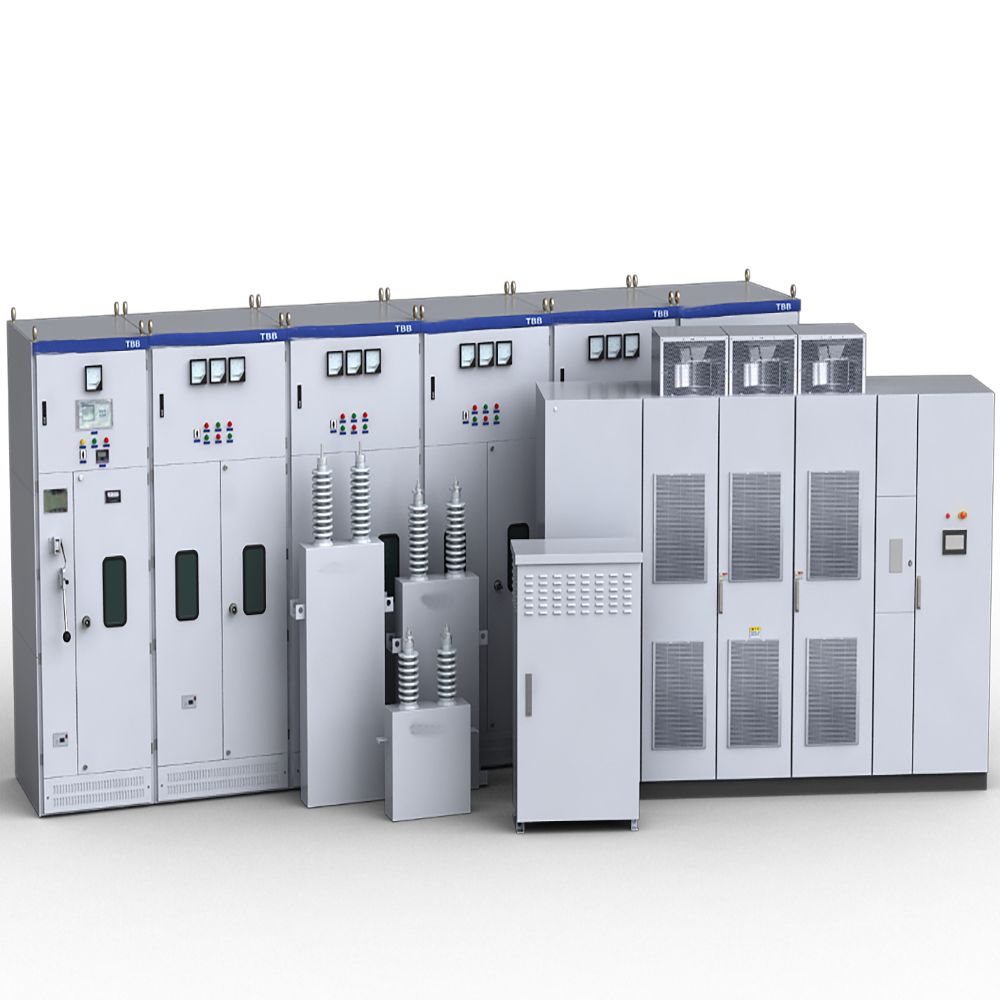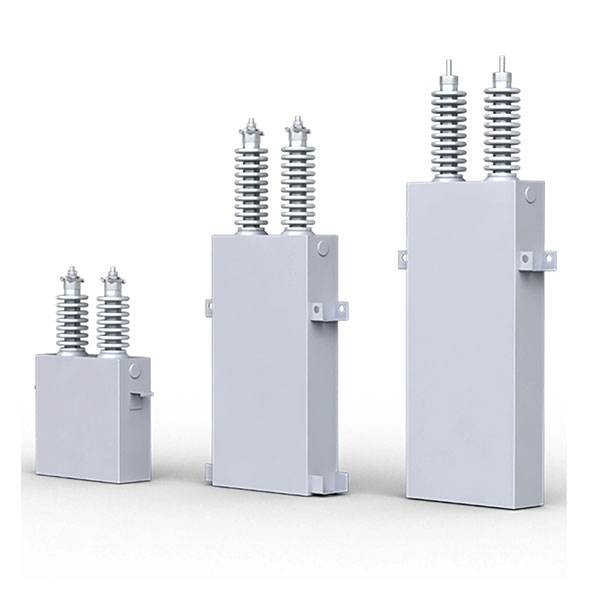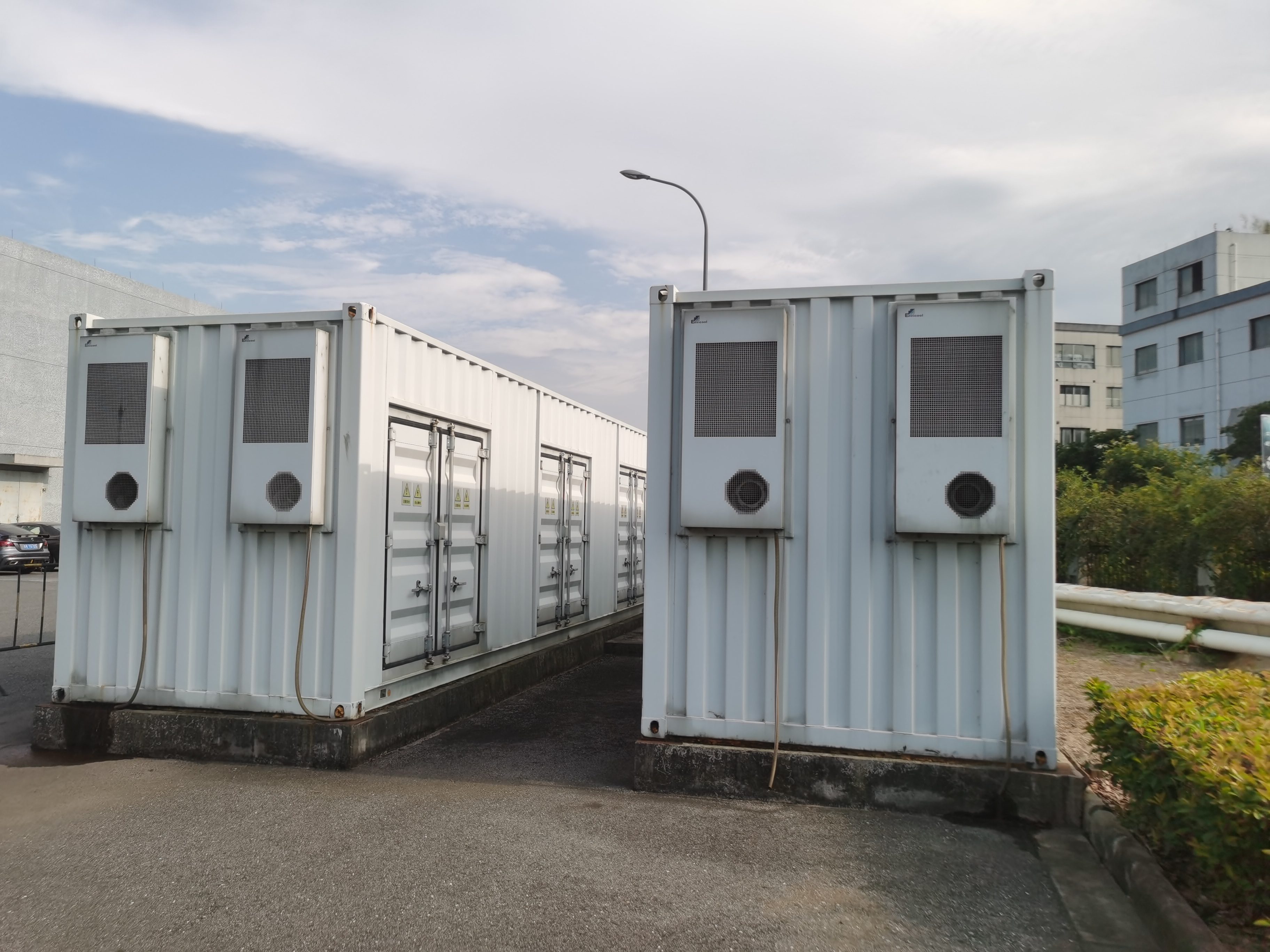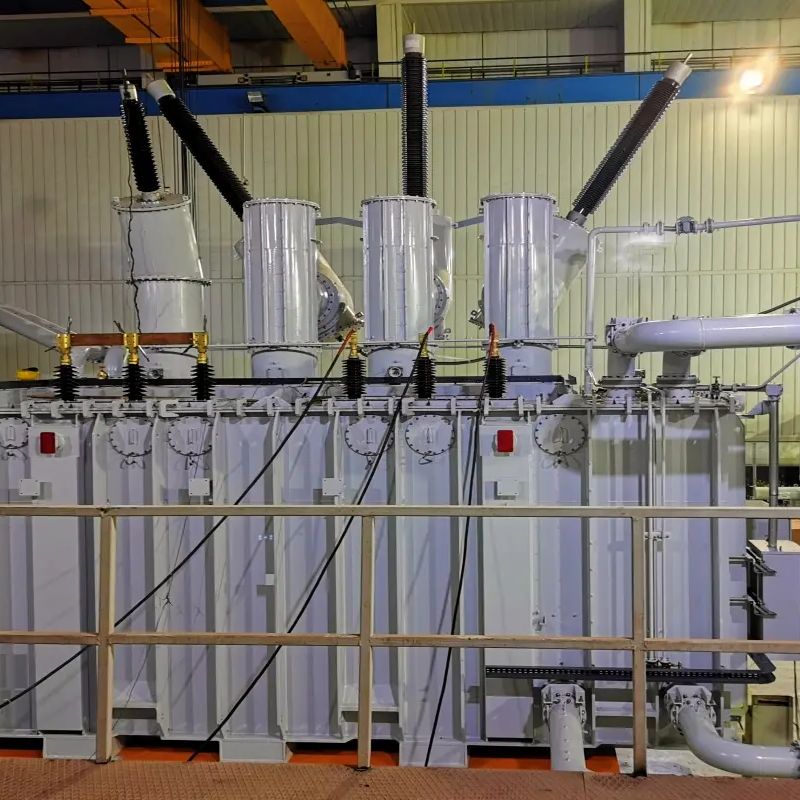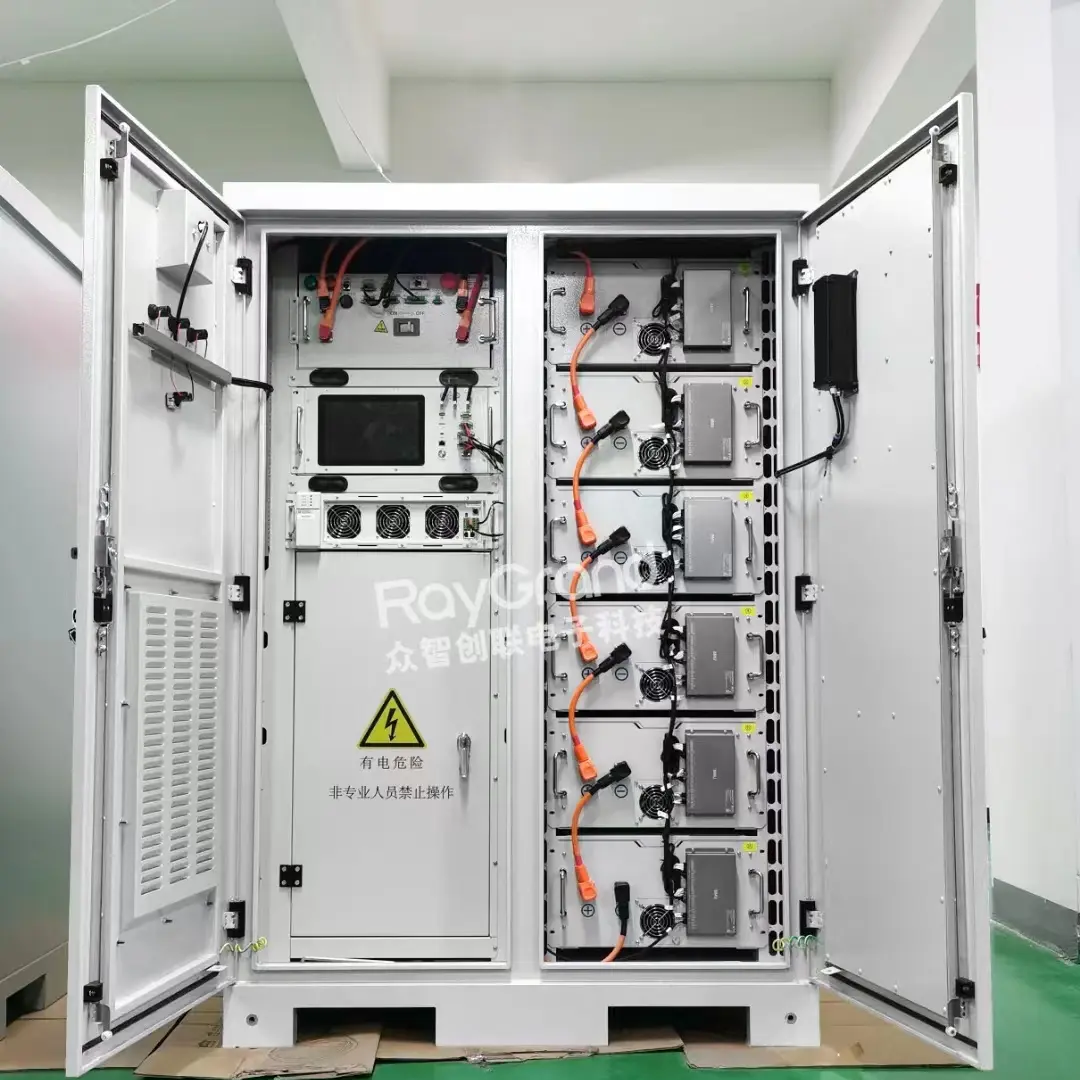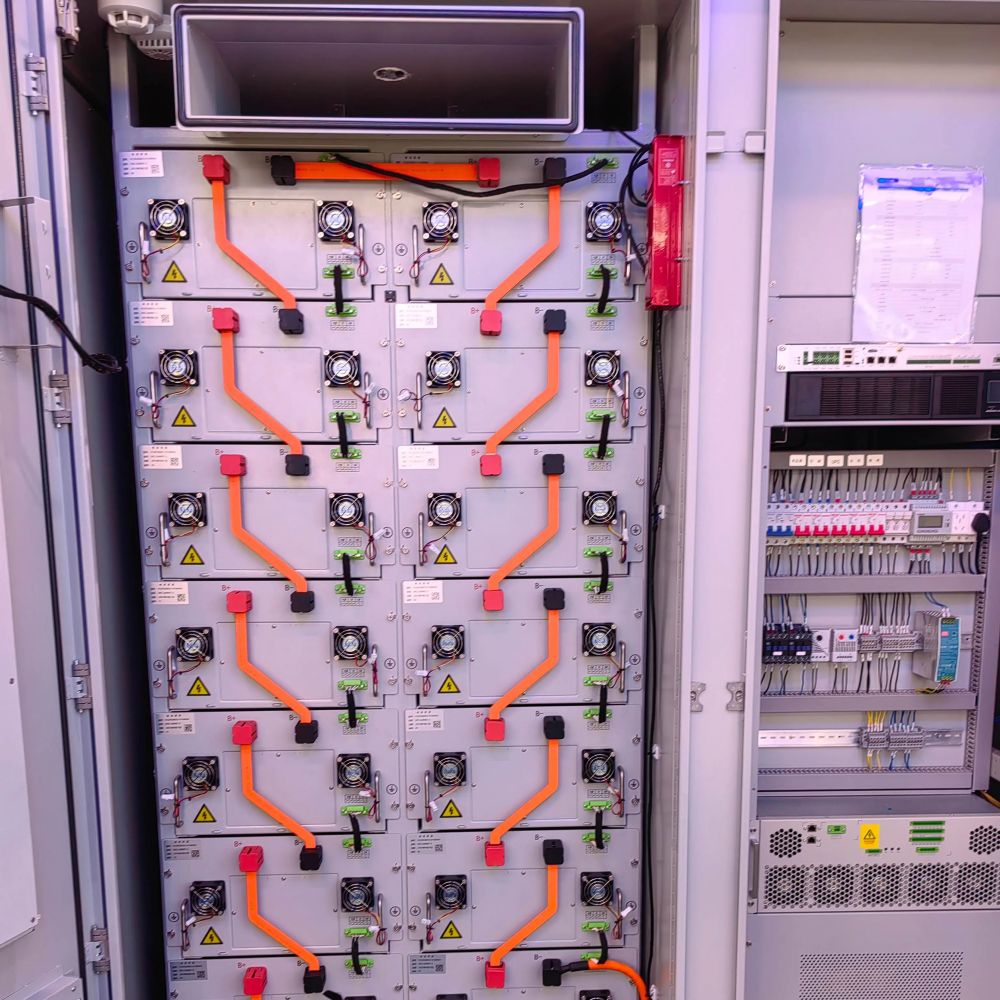lithium battery energy storage system
Energy storage batteries, as the name suggests, are battery systems used to store electrical energy. They can convert electrical energy into chemical energy, store charges in batteries, and then release them when needed. Energy storage batteries are usually designed for long-term energy storage and charging/discharging, playing an important role in power grid scheduling, peak load reduction, and energy management. The key characteristics of energy storage batteries are high capacity, long cycle life, and stable performance.
What is a power battery?
Power batteries are specifically designed to provide the power required for electric vehicles. They need to have high energy density and high power output to meet the requirements of electric vehicles for acceleration performance and driving range. The design focus of power batteries is to improve their charging speed, discharge speed, and cycle life. Meanwhile, safety is also an important aspect of power batteries to ensure reliable operation under various conditions.
Further explore the main differences between energy storage batteries and power batteries, which are mainly reflected in the following points.
01 Application Scenario
Energy storage batteries are widely used in fields such as power grid energy storage, household energy storage, industrial and commercial energy storage, communication base stations, etc. The design requirements of energy storage batteries mainly focus on optimizing energy density and long-term storage to meet the needs of large capacity and long-term energy storage. Due to the fact that the vast majority of energy storage devices in energy storage batteries do not require movement, lithium energy storage batteries do not have a direct requirement for energy density; Different energy storage scenarios have different requirements for power density; In terms of battery materials, attention should be paid to factors such as expansion rate, energy density, and uniformity of electrode material performance, in order to pursue the long service life and low cost of the entire energy storage equipment.
Power batteries are applied to new energy passenger vehicles, commercial vehicles, special vehicles, engineering machinery equipment, ships, etc. Power batteries focus more on power density and short-term high power output to meet the needs of electric vehicles for fast acceleration and long mileage. Compared to energy storage batteries, power batteries require higher energy density and power density. Furthermore, due to the limitations of car size, weight, and acceleration during startup, power batteries have higher performance requirements than ordinary energy storage batteries.
The energy storage battery system mainly consists of battery packs, battery management systems (BMS), energy management systems (EMS), energy storage inverters (PCS), and other electrical equipment. In the cost composition of energy storage systems, batteries are an important component, accounting for 60% of the cost; Next are energy storage inverters, accounting for 20%, EMS (energy management system) costs accounting for 10%, BMS (battery management system) costs accounting for 5%, and others accounting for 5%.
Energy storage batteries, as the name suggests, are battery systems used to store electrical energy. They can convert electrical energy into chemical energy, store charges in batteries, and then release them when needed. Energy storage batteries are usually designed for long-term energy storage and charging/discharging, playing an important role in power grid scheduling, peak load reduction, and energy management. The key characteristics of energy storage batteries are high capacity, long cycle life, and stable performance.
What is a power battery?
Power batteries are specifically designed to provide the power required for electric vehicles. They need to have high energy density and high power output to meet the requirements of electric vehicles for acceleration performance and driving range. The design focus of power batteries is to improve their charging speed, discharge speed, and cycle life. Meanwhile, safety is also an important aspect of power batteries to ensure reliable operation under various conditions.
Further explore the main differences between energy storage batteries and power batteries, which are mainly reflected in the following points.
01 Application Scenario
Energy storage batteries are widely used in fields such as power grid energy storage, household energy storage, industrial and commercial energy storage, communication base stations, etc. The design requirements of energy storage batteries mainly focus on optimizing energy density and long-term storage to meet the needs of large capacity and long-term energy storage. Due to the fact that the vast majority of energy storage devices in energy storage batteries do not require movement, lithium energy storage batteries do not have a direct requirement for energy density; Different energy storage scenarios have different requirements for power density; In terms of battery materials, attention should be paid to factors such as expansion rate, energy density, and uniformity of electrode material performance, in order to pursue the long service life and low cost of the entire energy storage equipment.
Power batteries are applied to new energy passenger vehicles, commercial vehicles, special vehicles, engineering machinery equipment, ships, etc. Power batteries focus more on power density and short-term high power output to meet the needs of electric vehicles for fast acceleration and long mileage. Compared to energy storage batteries, power batteries require higher energy density and power density. Furthermore, due to the limitations of car size, weight, and acceleration during startup, power batteries have higher performance requirements than ordinary energy storage batteries.
The energy storage battery system mainly consists of battery packs, battery management systems (BMS), energy management systems (EMS), energy storage inverters (PCS), and other electrical equipment. In the cost composition of energy storage systems, batteries are an important component, accounting for 60% of the cost; Next are energy storage inverters, accounting for 20%, EMS (energy management system) costs accounting for 10%, BMS (battery management system) costs accounting for 5%, and others accounting for 5%.
Energy storage batteries, as the name suggests, are battery systems used to store electrical energy. They can convert electrical energy into chemical energy, store charges in batteries, and then release them when needed. Energy storage batteries are usually designed for long-term energy storage and charging/discharging, playing an important role in power grid scheduling, peak load reduction, and energy management. The key characteristics of energy storage batteries are high capacity, long cycle life, and stable performance.
What is a power battery?
Power batteries are specifically designed to provide the power required for electric vehicles. They need to have high energy density and high power output to meet the requirements of electric vehicles for acceleration performance and driving range. The design focus of power batteries is to improve their charging speed, discharge speed, and cycle life. Meanwhile, safety is also an important aspect of power batteries to ensure reliable operation under various conditions.
Further explore the main differences between energy storage batteries and power batteries, which are mainly reflected in the following points.
01 Application Scenario
Energy storage batteries are widely used in fields such as power grid energy storage, household energy storage, industrial and commercial energy storage, communication base stations, etc. The design requirements of energy storage batteries mainly focus on optimizing energy density and long-term storage to meet the needs of large capacity and long-term energy storage. Due to the fact that the vast majority of energy storage devices in energy storage batteries do not require movement, lithium energy storage batteries do not have a direct requirement for energy density; Different energy storage scenarios have different requirements for power density; In terms of battery materials, attention should be paid to factors such as expansion rate, energy density, and uniformity of electrode material performance, in order to pursue the long service life and low cost of the entire energy storage equipment.
Power batteries are applied to new energy passenger vehicles, commercial vehicles, special vehicles, engineering machinery equipment, ships, etc. Power batteries focus more on power density and short-term high power output to meet the needs of electric vehicles for fast acceleration and long mileage. Compared to energy storage batteries, power batteries require higher energy density and power density. Furthermore, due to the limitations of car size, weight, and acceleration during startup, power batteries have higher performance requirements than ordinary energy storage batteries.
The energy storage battery system mainly consists of battery packs, battery management systems (BMS), energy management systems (EMS), energy storage inverters (PCS), and other electrical equipment. In the cost composition of energy storage systems, batteries are an important component, accounting for 60% of the cost; Next are energy storage inverters, accounting for 20%, EMS (energy management system) costs accounting for 10%, BMS (battery management system) costs accounting for 5%, and others accounting for 5%.


